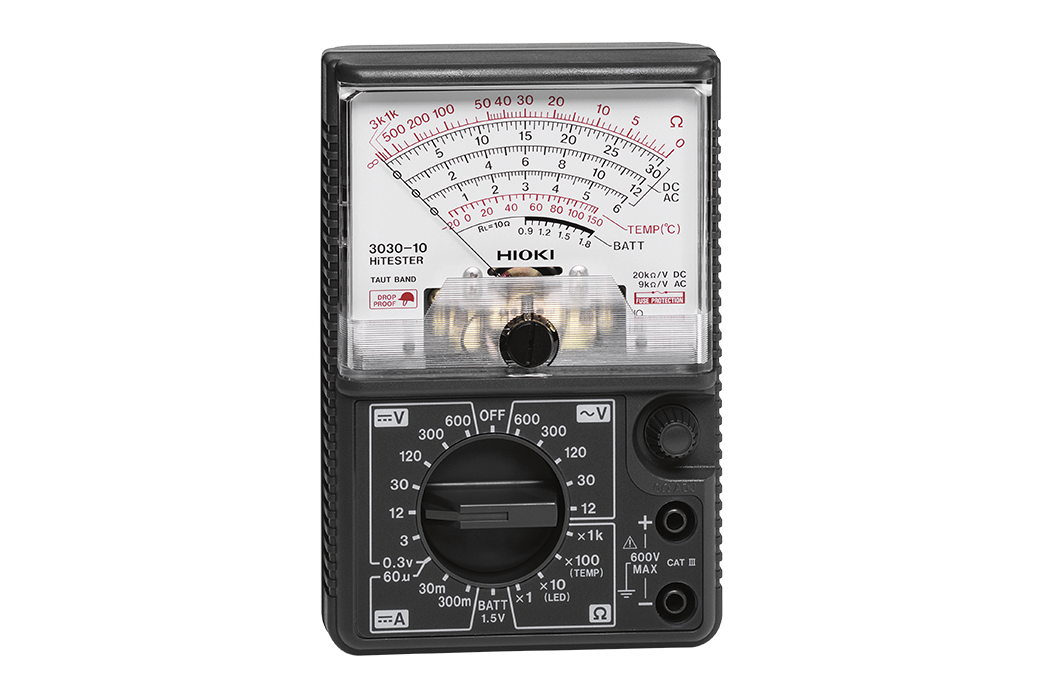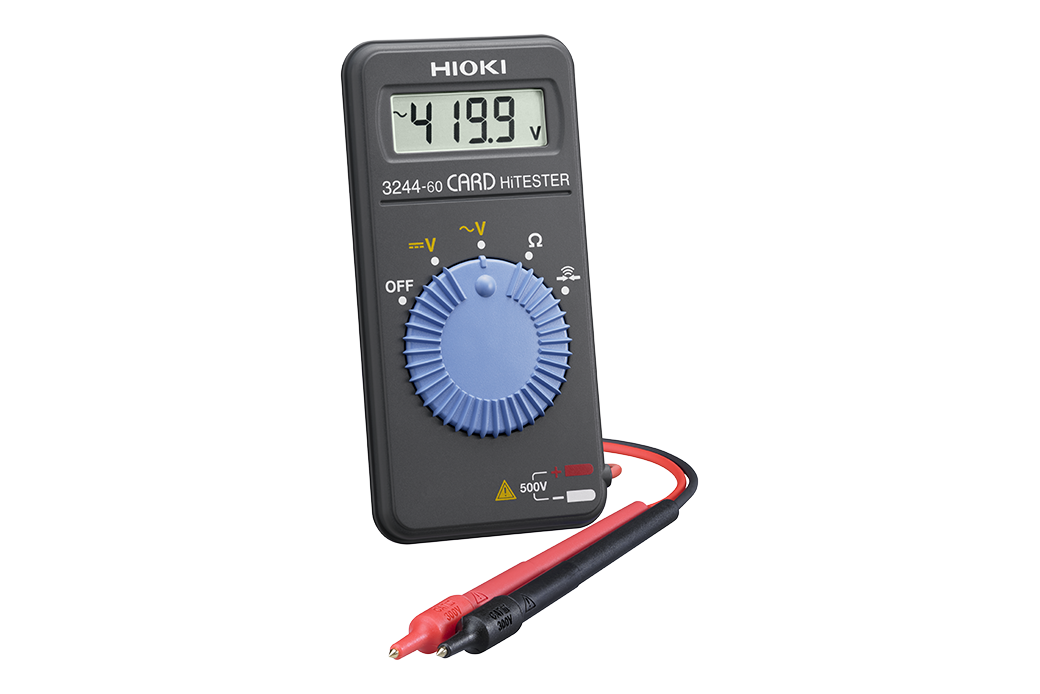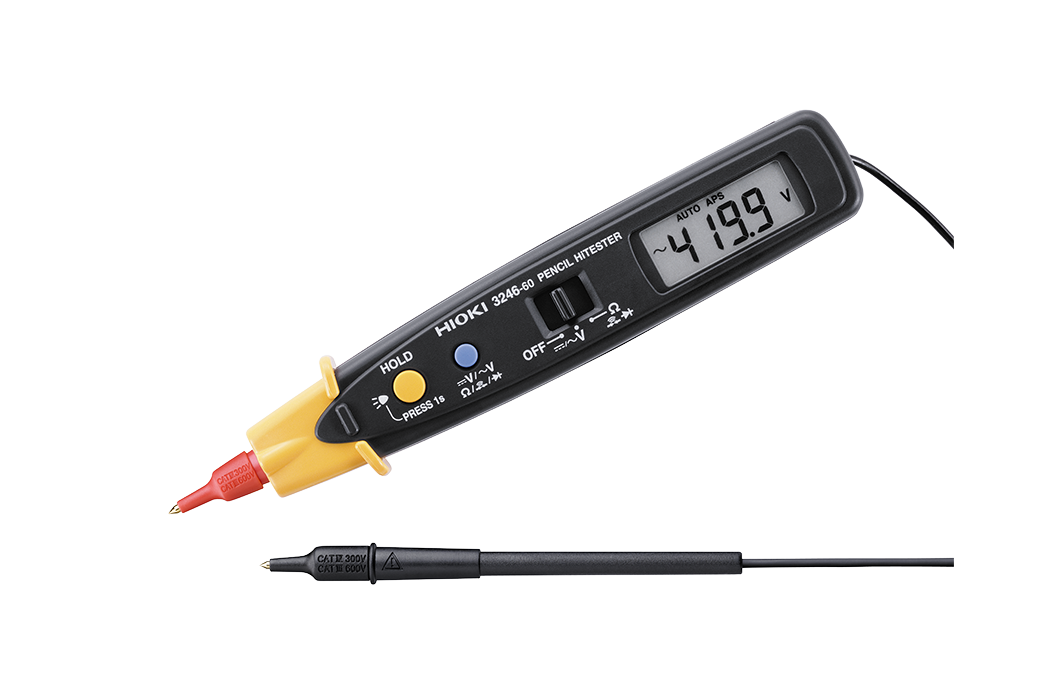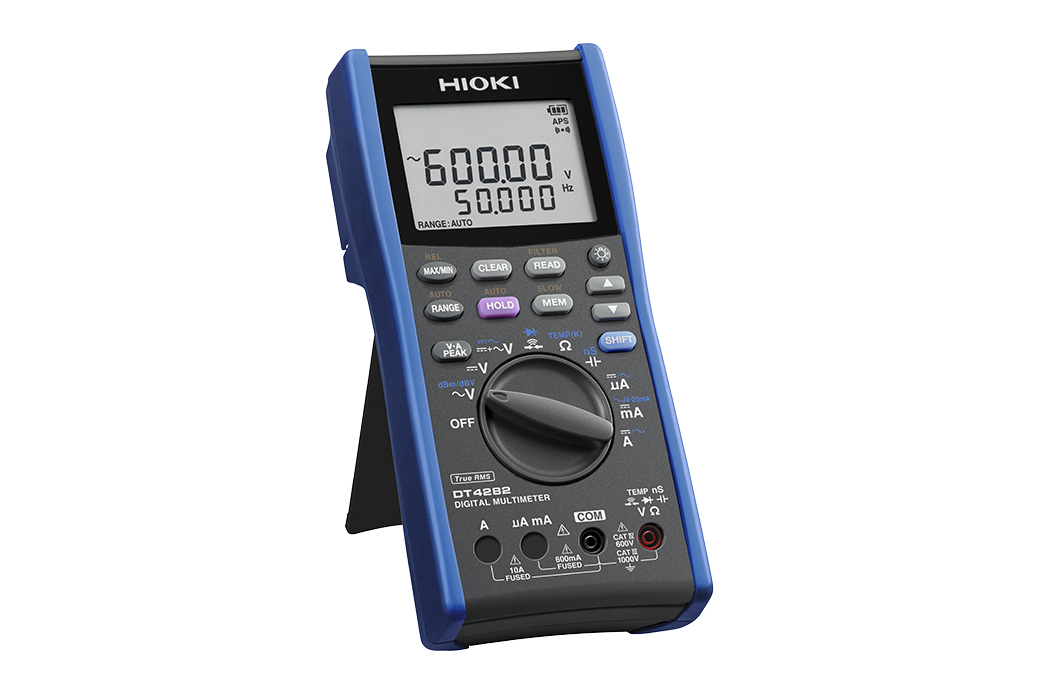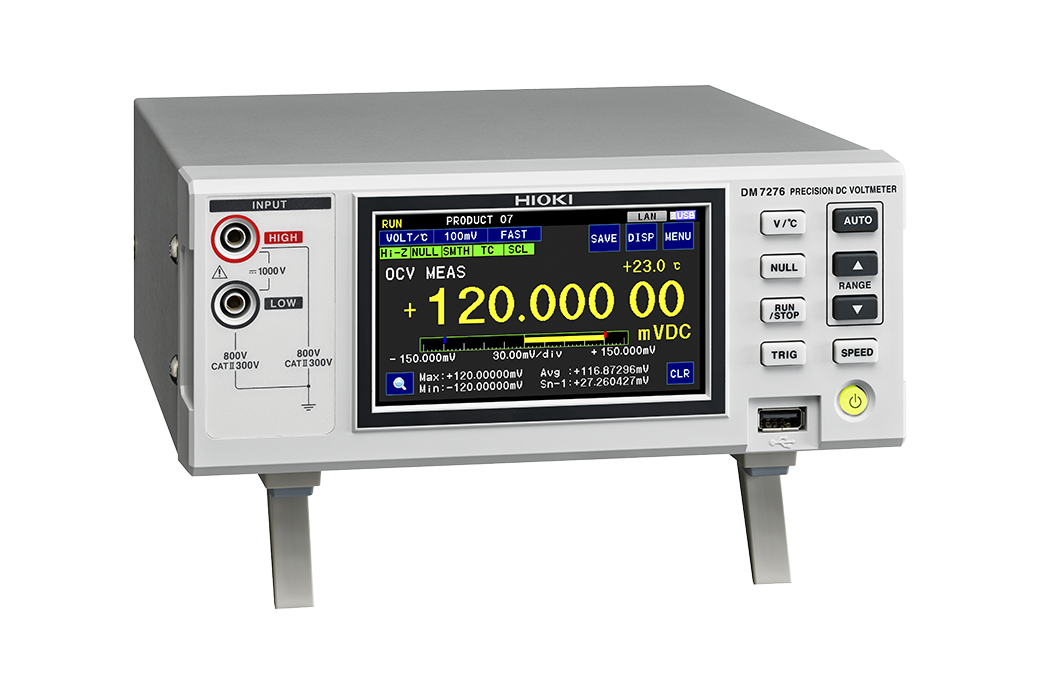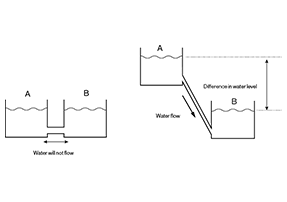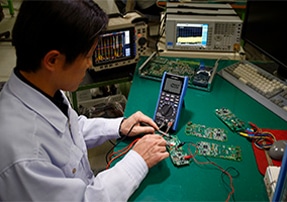How to Measure Voltage
How is voltage measured? It's easy to measure voltage using a tester.
- (“Tester” and “multimeter” are often used interchangeably)
Overview
Since voltage cannot be seen, it’s not possible to check how much voltage is flowing in a circuit just by looking at it. However, each circuit in an electronic device has a predetermined voltage that’s required to operate it, and higher voltages can cause equipment damage or bodily injury.
At the same time, circuits won’t operate if powered by too low a voltage, so it’s necessary to investigate whether the voltage is correct when an electronic device malfunctions. This page offers a detailed introduction to how to use testers, which are used when measuring voltage, along with some precautions concerning their use.
Testers are needed to measure voltage.
You’ll need a measuring instrument if you want to measure something. Instruments are used to measure things accurately; for example, you’ll need a yardstick or measuring tape if you want to measure length, a scale or balance if you want to measure weight, and a clock if you want to measure time. In this way, the instrument used depends on what’s being measured.
The same applies to voltage measurement. This is particularly true since you can’t see or touch voltage. Unlike physical properties, you can’t make a rough estimate just by looking at it. Consequently, you’ll need a tester to measure voltage. Some of the purposes for which these instruments are used include:
- Checking safety
- Checking quality
- Making predictions based on measured values
- Solving problems
- Checking suitability
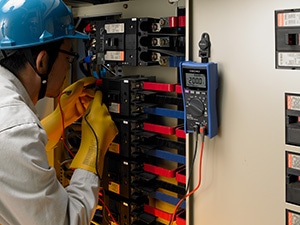
Testers allow you to thoroughly check the condition of electrical devices by measuring voltage.
Types of testers
Tester come in an array of variants. This section provides a detailed introduction to the principal types of testers that are available.
Analog testers
Analog testers allow you to make intuitive judgments based on the deflection of a needle on a graduated scale. They measure a simple selection of parameters, and they have the advantage of being easy to use. On the flip side, they have the disadvantage of having large instrument loss.
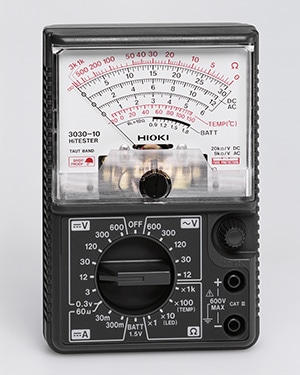
Digital multimeters (DMMs)
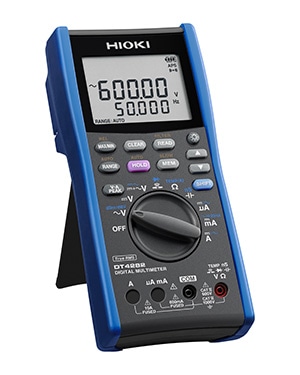
Digital multimeters display their measurement results numerically, which makes it possible for the user to obtain an accurate reading. Many digital models have advanced functionality that would be difficult to implement with an analog tester, for example advanced measurement, continuity check, and diode check capability. Some models can even send measurement data to a computer. Additionally, digital models are distinguished by low instrument loss. Digital multimeters can be classified based on the rectification method they use.
In mean value rectification, the input waveform is treated as a sine wave and converted in order to display the measurement results. Caution is necessary as this approach is prone to increased measurement error if the waveform is distorted. By contrast, the true RMS method converts and displays the waveform including its harmonic components, allowing the instrument to display values characterized by lower measurement error.
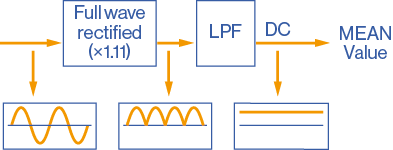

The true RMS method converts the waveform including its harmonic components for display using a root-mean-square formula.
Instruments can also be classified on the basis of the functionality they provide, for example whether they provide a current measurement terminal. High-end models offer a large selection of measurement parameters, while simple models provide fewer. High-end models are capable of high-precision measurement in a variety of applications. However, they are also more expensive; it is recommended to purchase an instrument that suits the purpose for which you plan to use it.
How to measure voltage with a tester
This section offers a simple procedure of how to measure voltage using a digital multimeter.
1. Choose the measurement parameter
Digital multimeters have multiple measurement parameters such as voltage, resistance, current, etc. First, set the rotary switch to voltage. In the case of DC voltage, the unit of voltage "V" and the mark indicating DC are displayed as shown in the figure. For AC voltage, set to the parameter which shows unit "V" and the mark indicating AC.
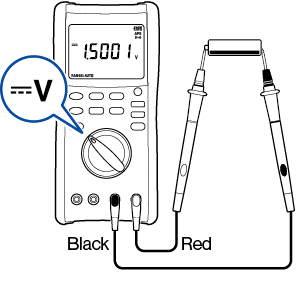
2. Insert the test leads
Insert the black test lead into the COM terminal of the digital multimeter. Also insert the red test lead into the terminals labeled "V and "mV". To ensure accurate measurement, zero adjustment is recommended to be performed before measurement.
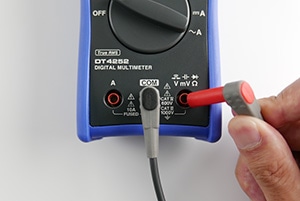 Voltage measurement terminal
Voltage measurement terminal
3. Connect to a circuit and read the value
If you’re measuring a DC voltage, the red test lead is positive, and the black test lead is negative. If you’re measuring an AC voltage, the leads don’t have a positive or negative association. If you’re measuring voltage, place the leads in contact with both ends of the circuit being measured. In this way, you can measure the voltage value. If you’re using an analog instrument, read the position of the needle on the graduated scale; if you’re using a digital instrument, read the numerical value from the display.
You can select a measurement range for voltage measurement. If you’re not sure how large the voltage you’re measuring is, start with the highest range and progressively switch to lower ranges as necessary. If you’re using a digital tester, many models can automatically select the range for you.
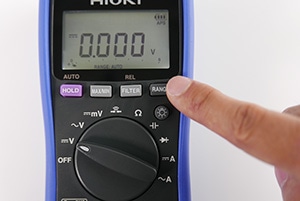 Select the range
Select the range
Voltage measurement precautions
There are some precautions that should be observed when measuring voltage with a tester.
Move the leads away from the circuit under test when changing the range.
If you need to change the range, move the test leads away from the circuit under measurement first. Changing the range while the leads are in contact with the circuit could damage the instrument.
Exercise care when placing the leads in contact with the circuit under test.
Exercise care to only place the leads in contact with the intended area. Carelessly allowing the leads to come into contact with other parts of the circuit could damage not only the instrument, but also the electronic device you’re trying to measure.
Choose the best tester for your application
You may need to measure voltage in order to check the safety or quality of an electronic device. Testers (multimeters) are necessary in order to measure voltage. These instruments are available in analog and digital variants, and many offer a range of convenient functionality. Use what you've learned here to choose a tester that meets your needs and then utilize it to measure voltage.
How to Use
- How to use digital multimeters (DMMs) properly and how to choose a safe multimeter
- Using and function of digital multimeters

